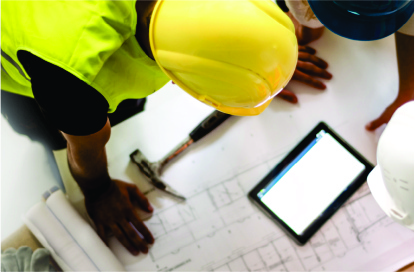How to Conduct an Office Equipment Audit for Maximum Efficiency
Productivity thrives when the right tools are in place. However, many businesses operate with outdated, inefficient, or improperly utilized office equipment, which can lead to unnecessary costs and wasted time. An office equipment audit helps identify inefficiencies, reduce costs, and streamline workflows. By taking a few simple steps, businesses can ensure their technology is optimized for success.
Start by inventorying all equipment, such as printers, copiers, and scanners. Record each device’s make, age, usage, and location to establish a clear overview. Next, evaluate performance—flagging devices with frequent issues—and assess placement to ensure tools are accessible and meeting departmental needs.
Analyze costs by calculating total ownership expenses, including maintenance, energy, and supplies. Identify opportunities to save by upgrading to efficient models or consolidating single-function devices into multifunctional ones.
Finally, use your findings to develop an action plan. Retire outdated devices, invest in upgrades, and reorganize equipment for better workflows. Schedule regular audits to keep your office optimized over time.
Conducting an office equipment audit is an essential process for any business seeking to enhance efficiency and reduce costs. By systematically assessing inventory, performance, costs, and workflow alignment, you can ensure that your technology is both effective and economical.











